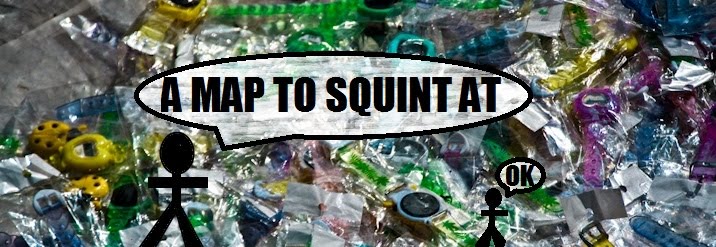from her waist to her knees.
She asks for a photograph with each of the tourists unloading from the bus. She asks me, she chooses one of the steps of the sprawling staircase to walk across, asks anybody sitting down. It costs 50 centavos to take a photo with her and her Alpaca.
She asks for a photograph with each of the tourists unloading from the bus. She asks me, she chooses one of the steps of the sprawling staircase to walk across, asks anybody sitting down. It costs 50 centavos to take a photo with her and her Alpaca.
After she leaves a boy comes walking across that same step with his shoe-shine kit, a rounded, pudgy face, a striped wool shirt, jeans with a bib. Looks to be ten years old. He passes by the rest without saying a word, only crouching down and inspecting the shine of their shoes.
And then he stops at me, sets down his wooden box with a foot pedestal mounted on top. He tells me my shoes are dirty, he reaches to give them a wash.
-Our conversation:
"Where are you from" (him in English)
"Have you ever been to Buenos Aires" (Him in Spanish)
"yes, why"
"it is the capital of... um... um"
He seems to have fogotten what country Buenos Aires is the capital of, and at the same time I wonder why he has asked me that question, if maybe this could be a chance to teach him a Geography lesson. If that can be of more help to him than paying him for a shoeshine.
He seems to have fogotten what country Buenos Aires is the capital of, and at the same time I wonder why he has asked me that question, if maybe this could be a chance to teach him a Geography lesson. If that can be of more help to him than paying him for a shoeshine.
As the child stutters a 20-something man approaches from behind (also a shoeshiner). The man tells the boy to leave from his turf, smacks him lightly on the face, grabs at his belt. The child backs away two steps, the man fake punches. At this moment a police officer appears from the corner of church I sit in front of. The 20-something man dashes away into a crowd, the boy runs in the other direction and rendezvouses with the girl with the Alpaca. They make eye contact, stare in the direction of the police officer storming after them, hesitate, sprint out of view around the other side of the church.













